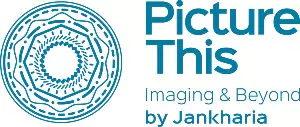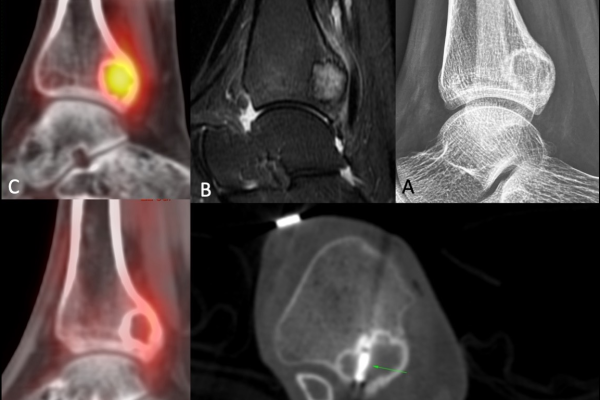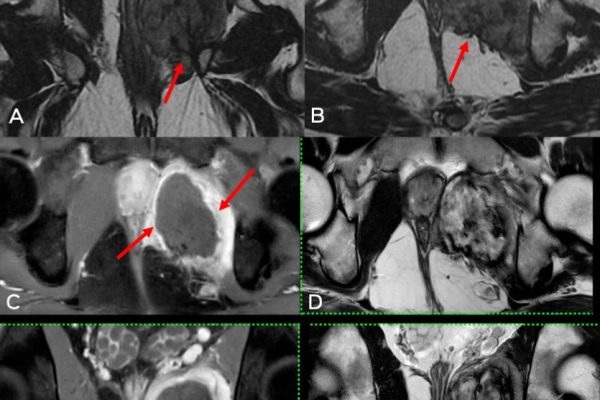The Importance of 3D Mammograms for Early Stages of Breast Cancer Detection
Breast cancer is one of the most common cancers affecting women worldwide. Early detection plays a crucial role in the successful treatment and management of this disease. Traditional mammography has been a valuable tool in breast cancer screening; however, recent advancements have introduced 3D mammography, also known as tomosynthesis. This innovative technology offers significant benefits over conventional methods, providing more detailed and accurate images of breast tissue. This blog will explore the importance of 3D mammograms for early stages of breast cancer detection, delve into what 3D mammography is, and discuss the broader understanding of breast cancer.
What Is 3D Mammography?
3D mammography, also known as digital breast tomosynthesis, is an advanced form of breast imaging. Mammograms that are 2D are captured from two flat angles, whereas 3D mammograms are captured from multiple angles. Breast images are then reconstructed into three-dimensional images. This technology allows radiologists to examine the breast tissue layer by layer, providing a clearer and more detailed view. The primary advantage of 3D mammography is its ability to detect breast cancer at an earlier stage. It reduces the overlap of tissues, which can sometimes obscure the signs of cancer in traditional 2D mammograms. This detailed imaging technique is particularly beneficial for women with dense breast tissue, where cancer may be harder to detect.
Understanding Breast Cancer
Breast cancer occurs when cells in the breast grow uncontrollably, forming a tumor. There are a variety of places in the breast where this cancer can start, including the ducts, lobules, or even connective tissues in some cases. Understanding the various types of breast cancer is essential for effective treatment and management.
Types of Breast Cancer
Ductal Carcinoma in Situ (DCIS): This is a non-invasive cancer where abnormal cells are found in the lining of a breast duct but have not spread outside the duct.
Invasive Ductal Carcinoma (IDC): The most common type of breast cancer.IDC starts in the breast ducts and invades nearby tissue.
Invasive Lobular Carcinoma (ILC): This cancer starts in the lobules (milk-producing glands) and spreads to nearby tissues.
Triple-Negative Breast Cancer: This is a type of cancer that tests negative for estrogen receptors, progesterone receptors, and excess HER2 protein. As a result, it is more aggressive and difficult to treat.
Inflammatory Breast Cancer: This rare and aggressive cancer causes the breast to become red, swollen, and tender.
Risk Factors
In addition, several factors can increase the risk of breast cancer, including:
Age: The risk increases with age.
Genetics: Inherited mutations, particularly in the BRCA1 and BRCA2 genes, significantly increase the risk.
Family History: A history of breast cancer in close relatives can raise the risk.
Hormone Replacement Therapy: Prolonged use of hormone replacement therapy can increase risk.
Lifestyle Factors: Alcohol consumption, obesity, and a lack of physical activity can contribute to a higher risk.
Breast Cancer Stages
Breast cancer is classified into stages, ranging from 0 to IV, based on the size of the tumor, the extent of spread, and the involvement of lymph nodes. Understanding these stages helps in determining the most appropriate treatment approach.
Stage 0: Also known as DCIS, these cancer cells do not spread outside of the ducts.
Stage I: Early-stage invasive breast cancer where the tumor is small and has not spread extensively.
Stage II: The tumor is larger and/or has spread to a few nearby lymph nodes.
Stage III: The cancer has spread to several lymph nodes or nearby tissues, but not to distant organs.
Stage IV: Metastatic breast cancer, where the cancer has spread to distant organs such as the liver, lungs, bones, or brain.
Each stage requires a different treatment strategy, making early detection through breast cancer scans essential for better prognosis and treatment outcomes.
The Role of 3D Mammography in Early Detection
Early detection of breast cancer is vital for successful treatment and improved survival rates. 3D mammography plays a crucial role in this early detection for several reasons:
Enhanced Imaging
The ability of 3D mammography to provide a detailed and layered view of breast tissue allows for the detection of smaller tumors that might be missed with traditional 2D mammograms. This enhanced imaging capability is particularly useful for women with dense breast tissue, where overlapping tissues in 2D images can hide abnormalities.
Reduced False Positives
False positives in breast cancer screening can cause significant anxiety and lead to unnecessary procedures. Because 3D mammography provides a more detailed view, it reduces the likelihood of false positives. This means fewer call-backs for additional testing and less emotional and physical stress for patients.
Better Diagnostic Accuracy 3D mammography improves the accuracy of breast cancer scans, making it easier to differentiate between benign and malignant tumors. This improved accuracy helps in making informed decisions about further testing and treatment, ensuring that patients receive appropriate care promptly.
Increased Detection Rates
Studies have shown that 3D mammography can detect 20–65% more invasive breast cancers than traditional 2D mammography. This increased detection rate is crucial for catching cancers at an early stage, when they are most treatable.
The Process of a 3D Mammogram
The process of undergoing a 3D mammogram is similar to a traditional mammogram, but with some key differences. During the procedure, the breast is compressed to spread out the tissue. An X-ray arm sweeps over the breast quickly, taking multiple low-dose images from multiple angle
These images are then reconstructed into a 3D image of the breast, which the radiologist examines for any signs of cancer. The entire process takes about 15 minutes, and the radiation dose is similar to that of a conventional mammogram, making it a safe and efficient screening method.
Who Should Get a 3D Mammogram?
3D mammography is recommended for women at higher risk of breast cancer and those with dense breast tissue. However, it is beneficial for all women, particularly those aged 40 and older, as part of their routine breast cancer screening.
Women with a family history of breast cancer, genetic predisposition, or previous breast abnormalities should consider opting for 3D mammography for more accurate and early detection.
Conclusion
Early detection of breast cancer can save lives and 3D mammography represents a significant advancement in this area. By providing clearer, more detailed images, 3D mammography improves the accuracy of breast cancer scans, reduces false positives, and increases the detection of early-stage cancers. This technology is especially valuable for women with dense breast tissue, offering them a better chance of early diagnosis and successful treatment.
Regular breast cancer screening is crucial for all women, and incorporating 3D mammography into routine checks can make a significant difference. By understanding the importance of this advanced imaging technology, women can take proactive steps towards managing their breast health and ensuring early detection of any potential issues. So, if you’re due for a breast cancer scan, consider asking your healthcare provider about 3D mammography; it could be a life-saving decision.




